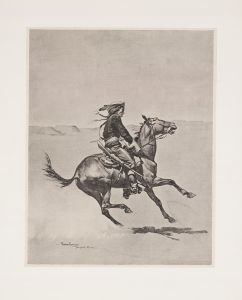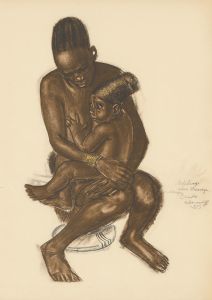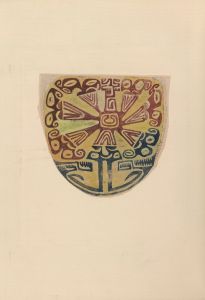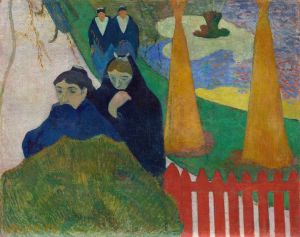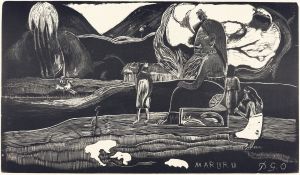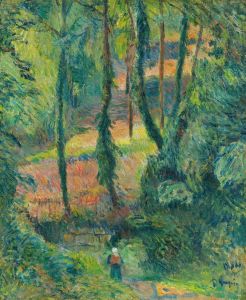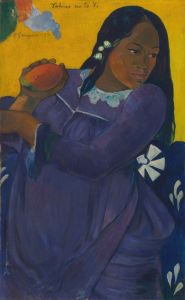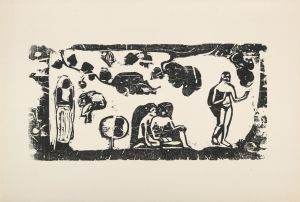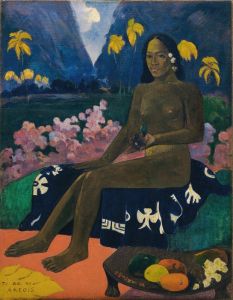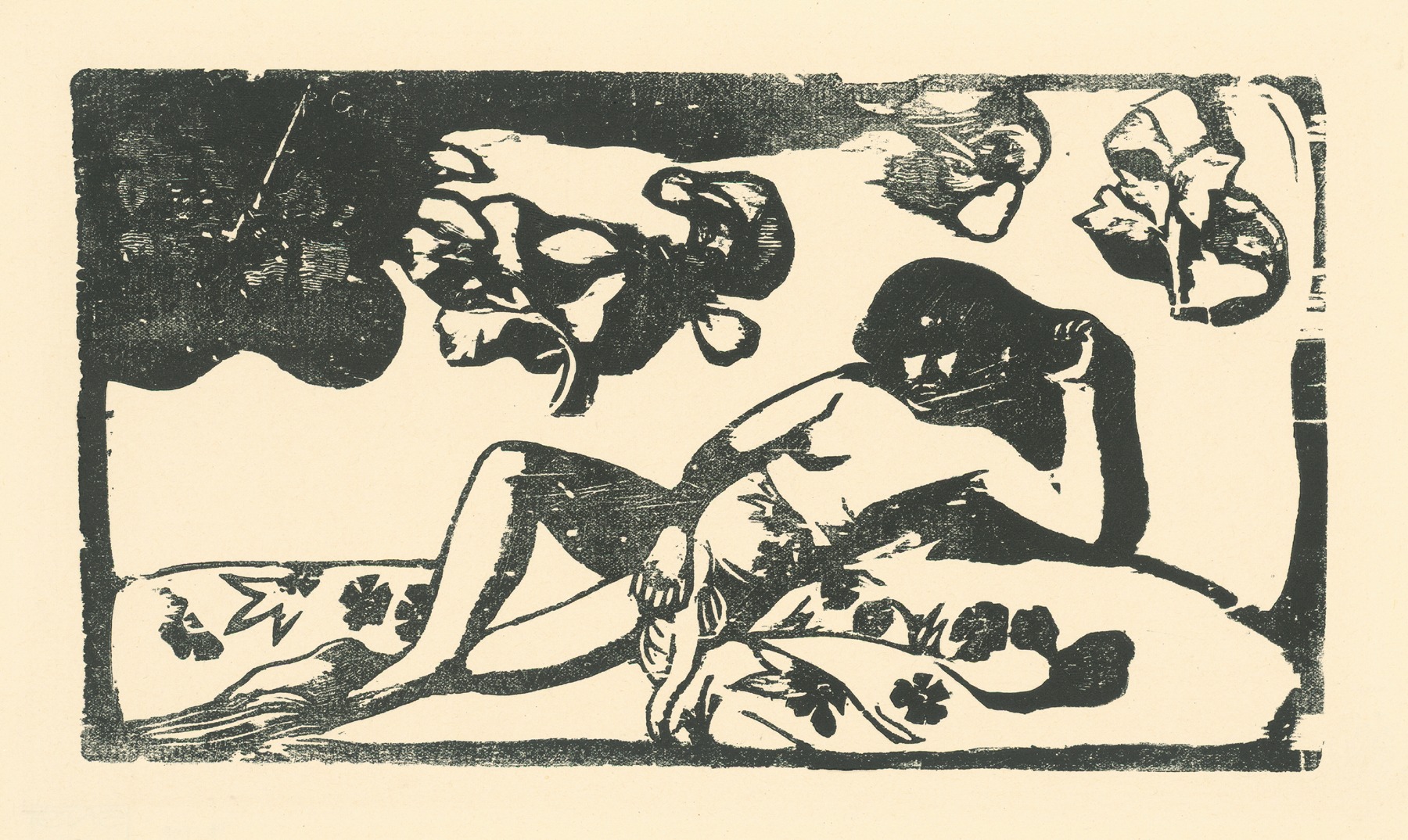
Lying Tahitian woman
A hand-painted replica of Paul Gauguin’s masterpiece Lying Tahitian woman, meticulously crafted by professional artists to capture the true essence of the original. Each piece is created with museum-quality canvas and rare mineral pigments, carefully painted by experienced artists with delicate brushstrokes and rich, layered colors to perfectly recreate the texture of the original artwork. Unlike machine-printed reproductions, this hand-painted version brings the painting to life, infused with the artist’s emotions and skill in every stroke. Whether for personal collection or home decoration, it instantly elevates the artistic atmosphere of any space.
Paul Gauguin's "Lying Tahitian Woman" is a notable work that reflects the artist's fascination with the culture and people of Tahiti. Gauguin, a French post-Impressionist artist, is renowned for his bold use of color and synthetist style that emphasizes flat forms and the use of symbolic content. This painting is one of the many works he created during his time in Tahiti, where he sought to escape European civilization and immerse himself in what he perceived as a more primitive and pure society.
Gauguin first traveled to Tahiti in 1891, and his experiences there significantly influenced his artistic output. "Lying Tahitian Woman" captures a moment of repose, depicting a Tahitian woman reclining. The painting is characterized by its vibrant colors and the serene expression of the subject, which are hallmarks of Gauguin's style during this period. The composition of the painting is simple yet evocative, focusing on the figure of the woman and the surrounding environment, which is rendered in lush, tropical hues.
The subject of the painting is portrayed with a sense of tranquility and introspection, lying on a surface that suggests a natural setting. Gauguin's use of color is particularly striking; he employs a palette that includes deep reds, greens, and yellows, which serve to highlight the natural beauty of the Tahitian landscape and the subject herself. This use of color not only enhances the visual impact of the painting but also reflects Gauguin's interest in the emotional and symbolic potential of color.
Gauguin's time in Tahiti was marked by a desire to explore themes of exoticism and primitivism, which were prevalent in the art and literature of the late 19th century. His works from this period often depict Tahitian women, landscapes, and cultural motifs, reflecting his interest in the island's indigenous culture. However, it is important to note that Gauguin's portrayal of Tahitian life was often romanticized and filtered through his own artistic and cultural lens.
"Lying Tahitian Woman" is a testament to Gauguin's ability to capture the essence of his subjects while also imbuing his work with a sense of mystery and otherworldliness. The painting is a reflection of his broader artistic goals during his time in Tahiti, where he sought to create art that was both visually striking and rich in meaning.
Today, Gauguin's works, including "Lying Tahitian Woman," are celebrated for their innovative use of color and form, as well as their contribution to the development of modern art. His Tahitian paintings continue to be studied and admired for their unique perspective and their role in challenging the conventions of European art at the time. Despite the controversies surrounding his life and work, Gauguin remains a pivotal figure in the history of art, and "Lying Tahitian Woman" is a significant example of his artistic legacy.








